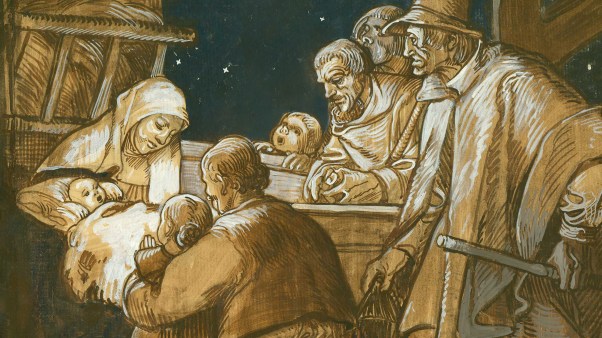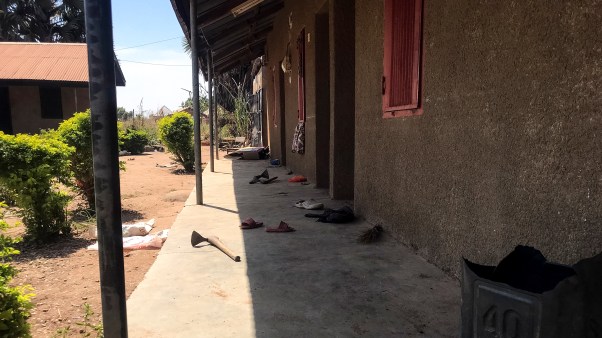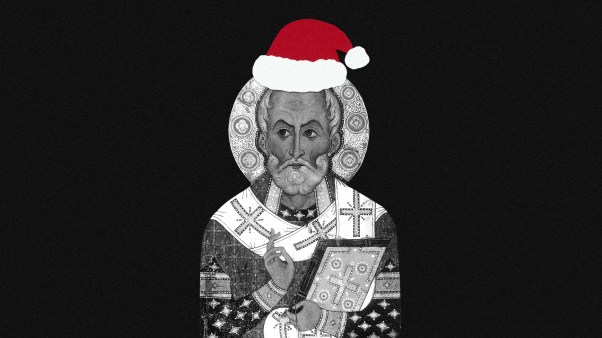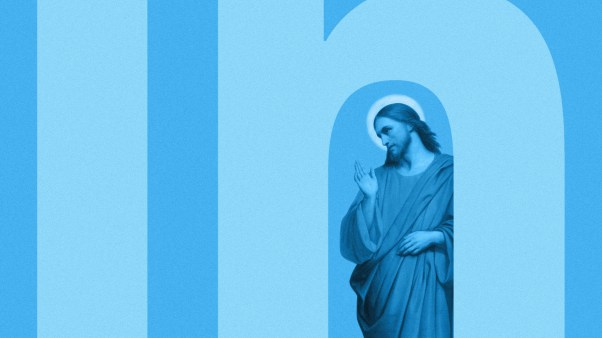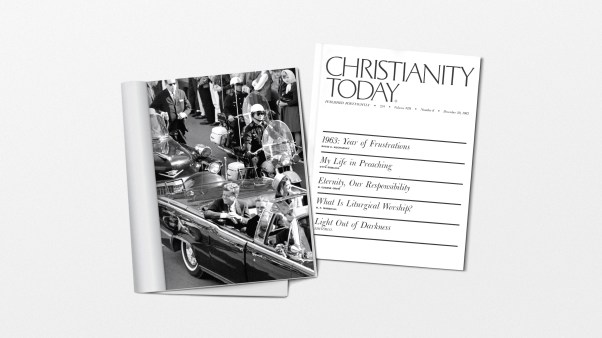Adapted with permission from Church Law & Tax Report
What do these have in common?
Duplicating copyrighted choral music.
Producing audio or video recordings of church services in which copyrighted music is performed.
Photocopying “chorus booklets” or similar compilations of familiar church songs.
Making overhead transparencies of copyrighted music.
Showing a rented “Chariots of Fire” video during the senior high lock-in.
Running off an extra copy of music for an accompanist.
Inserting copyrighted hymn lyrics in bulletins or worship programs.
Answer? They all break copyright law. A church can be liable for fines from $500 to $20,000 for a single infringement, and up to $100,000 if the infringement was intentional. Copyright law has teeth.
But following copyright regulations can be time consuming, costly, and inconvenient. Compliance menaces worship services, Sunday bulletins, and the Christmas cantata.
Copyright law may seem designed to make writers, composers, and publishers rich at the local church’s expense. Yet, in actuality, copyright law is written to help-not hurt-us. How? By giving artists an incentive to produce new works. It guarantees a limited “monopoly” on their creations, thwarting widespread pirating of their works, which would leave them little financial compensation. We want talented composers, writers, and artists to produce, because some of their work ends up benefiting the church.
Singing a legal song
The first step, then, to following copyright law is determining the boundaries.
Consider music: we are free to copy a “public domain” work. This piece has lost its copyright protection or was never protected in the first place. Generally, if a work is more than seventy-five years old, it’s in the public domain. Yet a few cautions are in order.
1. Although we are authorized to use public domain lyrics, various arrangements of those lyrics may be copyrighted.
2. It’s difficult sometimes to determine if a work is in the public domain. One sure sign that a musical piece isn’t in the public domain is a copyright notice-“copyright” or a (c) with a date (which refers to the year of publication).
3. A new law eliminates the need for copyright notices on works created on or after March 1, 1989. So, we can’t assume a work is in the public domain if it simply lacks a copyright notice.
Thus, if we want to be absolutely sure, we can contact the Copyright Office (which receives requests for copyright status only by mail and charges a $10 fee) or we can check with the publisher.
Another way to copy music legally is to obtain permission by writing the copyright owner (often the publisher) in advance. For a nominal fee-and sometimes for free-publishers of religious music will permit churches to make transparencies, bulletin inserts, and audio tapes, but these copies must be distributed free or at cost.
Another option still is to obtain a license to make copies. The most comprehensive “blanket license” is offered by Christian Copyright Licensing, Inc. (CCLI), 7600 N.E. Glisan Street, Portland, OR 97213. Such a license authorizes a church to make copies of any song in the CCLI repertoire, which includes the works of several publishers and composers, and to use those copies in congregational worship for one year. In addition, churches can make bulletin inserts, transparencies, and copies of choral music. Such a license also permits two other activities: (1) recording programs that contain copyrighted music, as long as the copies are distributed free and the number printed doesn’t exceed 15 percent of church membership, and (2) making new arrangements of copyrighted music (although there are some limitations).
A blanket license necessitates keeping a record of the songs used throughout the year. CCLI, for instance, expects churches to file a report with them to help the company allocate royalties to the proper publishers and composers. The licensing fee is based on factors such as the size of the church and the nature and extent of copying involved.
Although blanket licenses make it relatively easy to comply with copyright law, a license applies only to limited cases of reproduction and performance of religious musical works. Churches needing more extensive rights need to consider a “compulsory license.” This enables them to make and distribute audio tapes of services where copyrighted music is performed.
Applying for this license includes filing a written notice to the copyright owner, submitting monthly and annual statements to the owner, and paying royalties. I admit, this is a cumbersome process, and few churches are willing or able to do it.
Finally, you can’t make transparencies of copyrighted songs even if you own copies of the hymnal or songbook in which they appear, and even if you copy only the lyrics. Both lyrics and musical scores are protected under copyright law. However, you may buy overhead transparencies from the hymnal or songbook company.
What’s “fair use”?
In 1975 “fair use” guidelines were adopted that allowed exceptions to copyright rules. It’s not an infringement of copyright to:
1. Make emergency copies to replace purchased copies that are unavailable for an imminent performance. Replacement copies must be purchased as soon as possible, however.
2. Duplicate up to 10 percent of a musical work for each student in an educational setting, as long as the portion copied doesn’t constitute a “performance unit” (such as a section or movement).
3. Copy an entire “performance unit” (section or movement) if the copyright owner confirms it’s out of print or available only in a larger work. The copy, however, must be used solely for scholarly research or in preparation to teach a class.
4. Edit or simplify purchased copies for classroom use.
These guidelines do not authorize churches to duplicate an entire piece of music for each member of the choir or to make songbooks, audio tapes, or transparencies of copyrighted works.
To determine whether a use falls within the fair use principles, I suggest considering the following:
What is the purpose and character of the use? Duplicating a work solely to avoid paying for it isn’t fair use.
What is the nature of the copyrighted work? There is a broader privilege to copy and quote from resources like dictionaries and encyclopedias than from a song or magazine article.
How much of the copyrighted work is being used? The higher the percentage copied, the less likely it constitutes fair use. One thing is clear: verbatim or nearly verbatim reproductions of an entire copyrighted work are rarely considered fair use.
The key question is: Does my use diminish the return the copyright owner can expect? This is a main consideration of the courts when determining copyright judgments.
Three common problem areas
Three other products used by churches commonly cause copyright confusion: publications, computers, and video tapes.
Publications. By law, church newsletters, bulletins, and materials duplicated for instructional purposes (such as Sunday school papers) should not contain copyrighted materials. Cartoons, illustrations, and other copyrighted material aren’t fair game for duplication. Only the copyright owner may grant permission to make copies.
And being out of print doesn’t shorten a work’s copyright term. In fact, the copyright term (currently, the life of the author plus fifty years) far exceeds the tangible life of most works.
Computer programs. Sometimes a church or a pastor purchases a copyrighted wordprocessing or spreadsheet software program and wonders if it is permissible to copy it into the permanent memory of church of office computers as well as one or more home computers. The answer is no, unless the copyright owner specifically grants that right. In most instances, a software program is licensed for use on a single computer. Many public domain and “shareware” programs are available and usually can be copied, with some restrictions. Occasionally, even copyrighted programs authorize limited copying, but the details are carefully explained in the owner’s manual.
Actually, copying a program without authorization is no different than purchasing a single book and making copies for every staff member. Computer software companies earn their livelihood by selling the right to use their programs.
Video tapes. Some churches use video tapes for youth and educational programs. Christian seminars and lecture series sold to churches directly for group viewing are likely to come with permission for this kind of use. Most of the commercial tapes rented from the typical video store, however, are licensed only for private, in-home viewing. Churches need authorization from the copyright owner to show a purchased or rented tape to church groups, even if admission isn’t charged.
An organization can obtain permission to use video tapes by purchasing a blanket license from the Motion Picture Licensing Corporation (1177 Summer St., Stamford, CT 06905-0838; 203-353-1600). For about $100 a year, this license authorizes the group to screen any video tape included in the MPLC repertoire, although no admission may be charged.
Following the copyright law is sometimes onerous. Yet, it is the law, and we Christians do well to uphold it, despite its inconvenience. We don’t take hot dogs for a junior high cookout from the 7-Eleven without paying for them. Neither do we want to show a video without a license or sing songs from unauthorized transparencies. Although saved by grace, we still recognize the laws of the land.
-Richard R. Hammar
legal counsel, Assemblies of God
Springfield, Missouri
with James Talerico
Wheaton, Illinois
Copyright © 1991 by the author or Christianity Today/Leadership Journal. Click here for reprint information on Leadership Journal.



